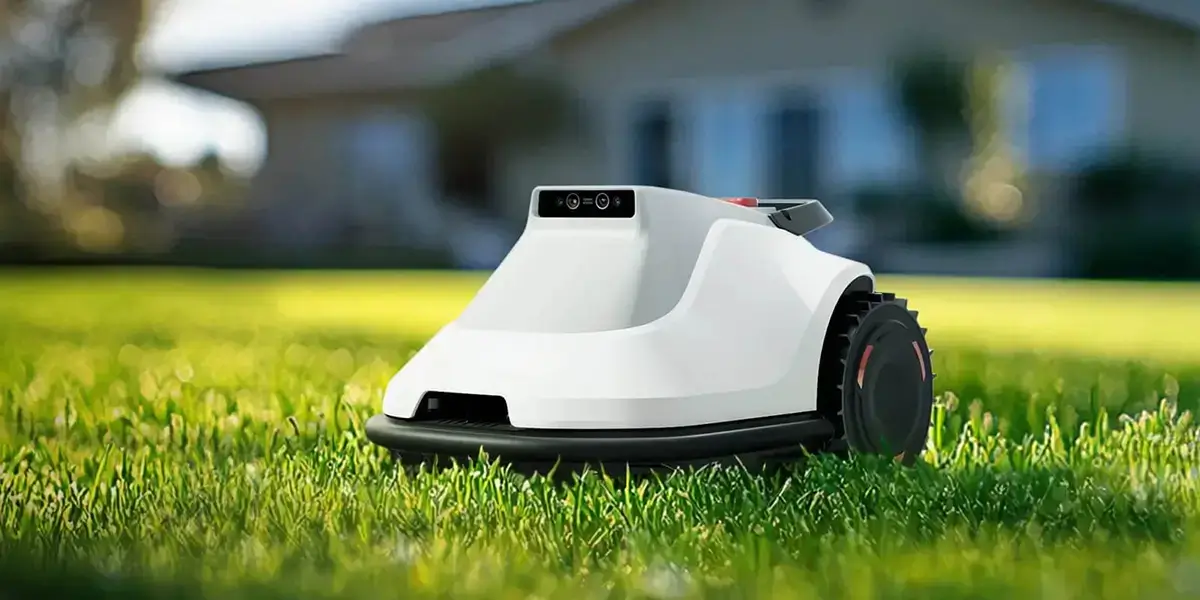Ever wondered if a servo motor is AC or DC? Well, the quick answer might surprise you—many servo motors are actually DC, but there's a whole world beyond that. Think about it: you’re turning a robot arm or adjusting a CNC machine, and you're curious whether the power source matters. It’s not just a trivia question; it shapes how you set up your entire system.

Let me walk you through it like a chat with a buddy. Usually, the servo motors we see in applications like robotics or automation are DC-powered. Why? Because DC offers precise control over position, speed, and torque. You can fine-tune the movement with relative ease, which makes DC servo motors a popular choice. They’re like the steady, reliable friend in your toolkit. You connect a DC power supply, and bam—you’re ready to go.
But wait, don’t forget that AC servo motors exist too. They’re commonly found in industrial settings where high power and durability are needed. These motors usually come with specialized drives that convert AC to the right form for control. Unlike their DC cousins, AC servos can handle higher voltages and longer operation hours without breaking a sweat. Their design offers advantages like better heat dissipation and less maintenance.
You might be asking—can both types be used in the same machine? Absolutely. Multi-motor setups often feature both DC and AC servo motors. It all depends on what you need—precision, power, efficiency, or longevity. For instance, in a sophisticated manufacturing line, a DC servo might handle precise positioning, while an AC servo provides the brute force for heavy lifting.
From a practical standpoint, if you're choosing a servo motor for a DIY project or a lightweight robotic arm, DC is probably the way to go. It’s easier to connect, manage, and troubleshoot. On the flip side, if your project demands industrial levels of power or continuous operation, then an AC servo motor might be your best bet.
And that’s where quality comes into play. You want a motor that’s compatible with your control system and matches your load requirements. You’d be wise to look for features like feedback options (like encoders), speed regulation capabilities, and energy efficiency. Some brands are known for their robust AC models, some for DC, but calling out a single brand misses the point—the best choice hinges on your specific needs.
So, if you're ever deep into designing a system and stumble over "is it AC or DC?"—know that the answer isn’t one-size-fits-all. Consider the application's demands, your power supply, and what kind of control fidelity you need. It's about pairing the right motor with the right task. The world of servo motors is diverse, and both AC and DC options have their place. Choosing wisely makes all the difference when it comes to performance and reliability.
Established in 2005, Kpower has been dedicated to a professional compact motion unit manufacturer, headquartered in Dongguan, Guangdong Province, China. Leveraging innovations in modular drive technology, Kpower integrates high-performance motors, precision reducers, and multi-protocol control systems to provide efficient and customized smart drive system solutions. Kpower has delivered professional drive system solutions to over 500 enterprise clients globally with products covering various fields such as Smart Home Systems, Automatic Electronics, Robotics, Precision Agriculture, Drones, and Industrial Automation.




































